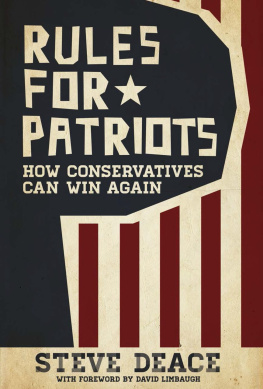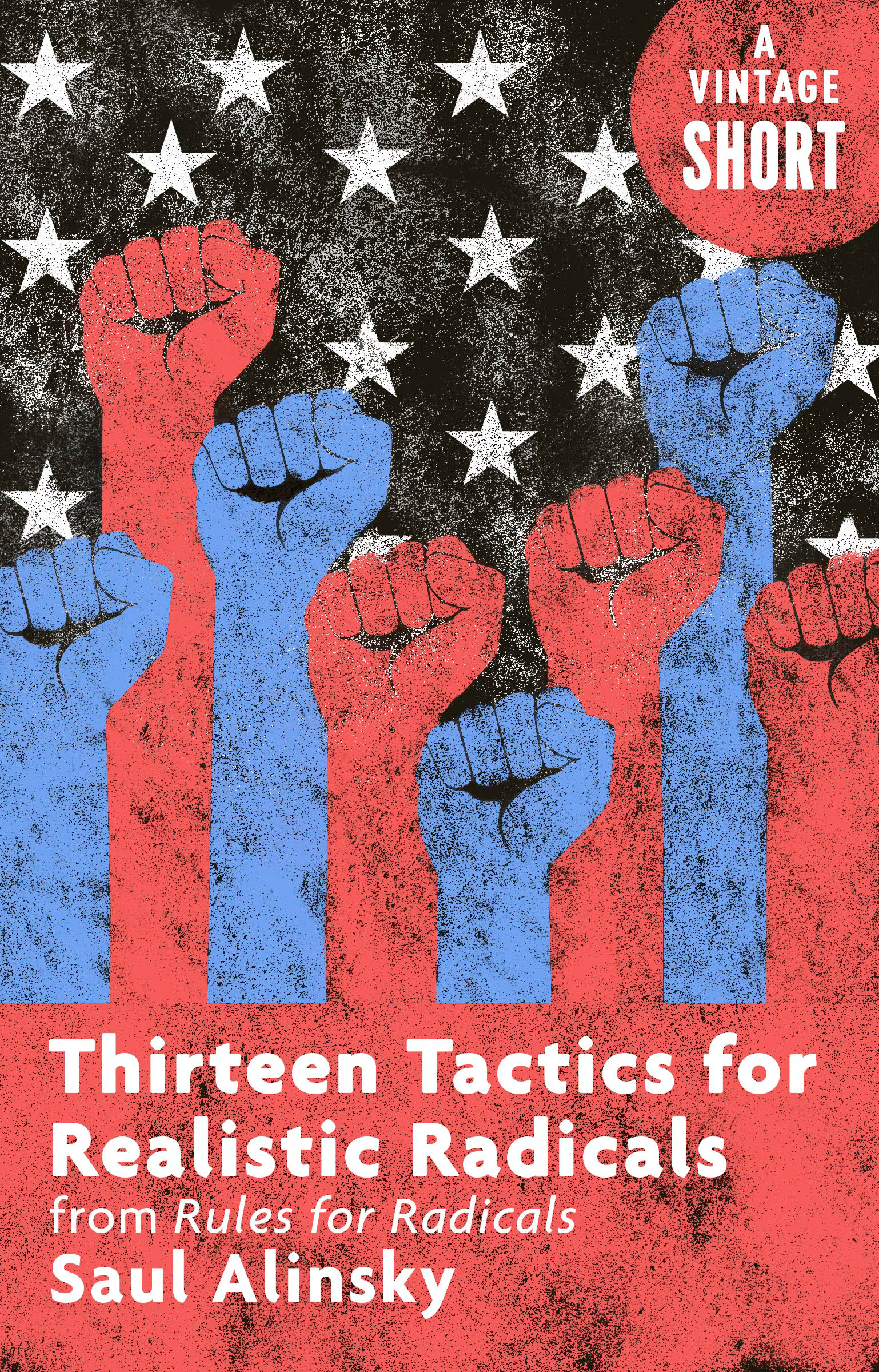Saul Alinsky
Saul Alinsky was born in Chicago in 1909 and educated first in the streets of that city and then in its university. Graduate work at the University of Chicago in criminology introduced him to the Capone gang, and later to Joliet State Prison where he studied prison life.
He founded what is known today as the Alinsky ideology and Alinsky concepts of mass organization for power. His work in organizing the poor to fight for their rights as citizens has been internationally recognized. In the late 1930s he organized the Back of the Yards area in Chicago (the neighborhood made famous in Upton Sinclairs The Jungle). Subsequently, through the Industrial Areas Foundation which he began in 1940, Mr. Alinsky and his staff helped to organize communities not only in Chicago but throughout the country. He later turned his attentions to the middle class, creating a training institute for organizers. He died in 1972.
Thirteen Tactics for Realistic Radicals
from Rules for Radicals
Saul Alinsky
A Vintage Short
Vintage Books
A Division of Penguin Random House LLC
New York
Copyright 1971 by Saul D. Alinsky
All rights reserved. Published in the United States by Vintage Books, a division of Penguin Random House LLC, New York, and in Canada by Random House of Canada, a division of Penguin Random House Canada Limited, Toronto. Originally published in hardcover as a part of Rules for Radicals in the United States by Random House, a division of Penguin Random House LLC, New York, in 1971.
Vintage and colophon are registered trademarks of Penguin Random House LLC.
The Cataloging-in-Publication Data for Rules for Radicals is available from the Library of Congress.
Vintage eShort ISBN9780525433286
Series cover design by Perry De La Vega
www.vintagebooks.com
v4.1
a
Contents
We will either find a way or make one.
H ANNIBAL
TACTICS MEANS doing what you can with what you have. Tactics are those consciously deliberate acts by which human beings live with each other and deal with the world around them. In the world of give and take, tactics is the art of how to take and how to give. Here our concern is with the tactic of taking; how the Have-Nots can take power away from the Haves.
For an elementary illustration of tactics, take parts of your face as the point of reference; your eyes, your ears, and your nose. First the eyes; if you have organized a vast, mass-based peoples organization, you can parade it visibly before the enemy and openly show your power. Second the ears; if your organization is small in numbers, then do what Gideon did: conceal the members in the dark but raise a din and clamor that will make the listener believe that your organization numbers many more than it does. Third, the nose; if your organization is too tiny even for noise, stink up the place.
Always remember the first rule of power tactics:
Power is not only what you have but what the enemy thinks you have.
The second rule is: Never go outside the experience of your people. When an action or tactic is outside the experience of the people, the result is confusion, fear, and retreat. It also means a collapse of communication, as we have noted.
The third rule is: Wherever possible go outside of the experience of the enemy. Here you want to cause confusion, fear, and retreat.
General William T. Sherman, whose name still causes a frenzied reaction throughout the South, provided a classic example of going outside the enemys experience. Until Sherman, military tactics and strategies were based on standard patterns. All armies had fronts, rears, flanks, lines of communication, and lines of supply. Military campaigns were aimed at such standard objectives as rolling up the flanks of the enemy army or cutting the lines of supply or lines of communication, or moving around to attack from the rear. When Sherman cut loose on his famous March to the Sea, he had no front or rear lines of supplies or any other lines. He was on the loose and living on the land. The South, confronted with this new form of military invasion, reacted with confusion, panic, terror, and collapse. Sherman swept on to inevitable victory. It was the same tactic that, years later in the early days of World War II, the Nazi Panzer tank divisions emulated in their far-flung sweeps into enemy territory, as did our own General Patton with the American Third Armored Division.
The fourth rule is: Make the enemy live up to their own book of rules. You can kill them with this, for they can no more obey their own rules than the Christian church can live up to Christianity.
The fourth rule carries within it the fifth rule: Ridicule is mans most potent weapon. It is almost impossible to counterattack ridicule. Also it infuriates the opposition, who then react to your advantage.
The sixth rule is: A good tactic is one that your people enjoy. If your people are not having a ball doing it, there is something very wrong with the tactic.
The seventh rule: A tactic that drags on too long becomes a drag. Man can sustain militant interest in any issue for only a limited time, after which it becomes a ritualistic commitment, like going to church on Sunday mornings. New issues and crises are always developing, and ones reaction becomes, Well, my heart bleeds for those people and Im all for the boycott, but after all there are other important things in lifeand there it goes.
The eighth rule: Keep the pressure on, with different tactics and actions, and utilize all events of the period for your purpose.
The ninth rule: The threat is usually more terrifying than the thing itself.
The tenth rule: The major premise for tactics is the development of operations that will maintain a constant pressure upon the opposition. It is this unceasing pressure that results in the reactions from the opposition that are essential for the success of the campaign. It should be remembered not only that the action is in the reaction but that action is itself the consequence of reaction and of reaction to the reaction, ad infinitum. The pressure produces the reaction, and constant pressure sustains action.
The eleventh rule is: If you push a negative hard and deep enough it will break through into its counterside; this is based on the principle that every positive has its negative. We have already seen the conversion of the negative into the positive, in Mahatma Gandhis development of the tactic of passive resistance.
One corporation we organized against responded to the continuous application of pressure by burglarizing my home, and then using the keys taken in the burglary to burglarize the offices of the Industrial Areas Foundation where I work. The panic in this corporation was clear from the nature of the burglaries, for nothing was taken in either burglary to make it seem that the thieves were interested in ordinary lootthey took only the records that applied to the corporation. Even the most amateurish burglar would have had more sense than to do what the private detective agency hired by that corporation did. The police departments in California and Chicago agreed that the corporation might just as well have left its fingerprints all over the place.
In a fight almost anything goes. It almost reaches the point where you stop to apologize if a chance blow lands above






